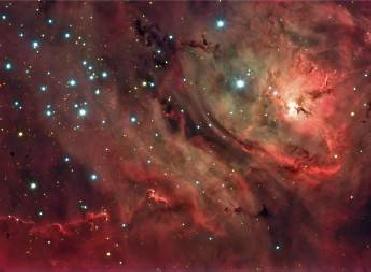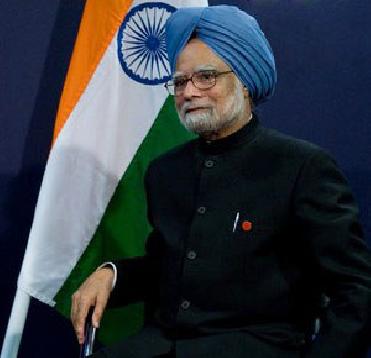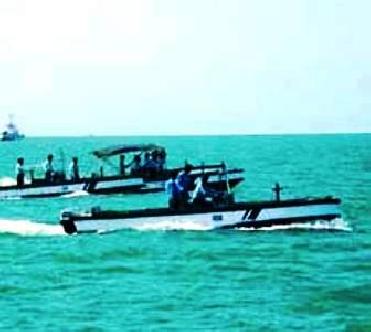
Lagoon Nebula (M8, NGC 6523). Image credit: NASA
A nebula is a cloud of interstellar gas and dust particles in space, approximately 10 parsecs (33 light-years) in diameter. The term nebula comes from the Latin word for cloud.
Early astronomers used this term for distant galaxies outside our home galaxy – the Milky Way. Such galaxies, called extragalactic nebulae, looked like hazy patches of light among the stars. But modern telescopes showed that extragalactic nebulae are actually systems of stars similar to the Milky Way.
Most astronomers use the term nebulae only for the clouds of dust and gases in the Milky Way and other galaxies. They classify these masses into two general types: diffuse nebulae and planetary nebulae. Both types are also called gaseous nebulae.
Lagoon Nebula
The Lagoon Nebula (catalogued as Messier 8 or M8, and as NGC 6523) is a giant interstellar cloud in the constellation Sagittarius. It is classified as an ‘emission’ nebula and as an H II region.
The nebula was discovered by Guillaume Le Gentil in 1747 and is one of only two star-forming nebulae faintly visible to naked eye from mid-northern latitudes. Seen with binoculars, it appears as a distinct oval cloudlike patch with a definite core. A fragile star cluster appears superimposed on it.
The Lagoon Nebula is complemented on its eastern side by NGC 6530 - a loose open star cluster composed of more than a hundred known bright members and hundreds of fainter members probably accompanying them.
The large, majestic Lagoon Nebula is home for many young stars and hot gas, and is commonly referred to as a ‘star factory’. This ‘star factory’ continues to eat away at the gas, all the while adding young, hot stars to the cluster. Otherwise, Milky Way would have been only dark and filled only with stellar corpses.
-Courtesy:
NASA
www.nightskyinfo.com
 Previous Article
Previous Article Next Article
Next Article












The Indian Air Force, in its flight trials evaluation report submitted before the Defence Ministry l..
view articleAn insight into the Medium Multi-Role Combat Aircraft competition...
view articleSky enthusiasts can now spot the International Space Station (ISS) commanded by Indian-American astr..
view article